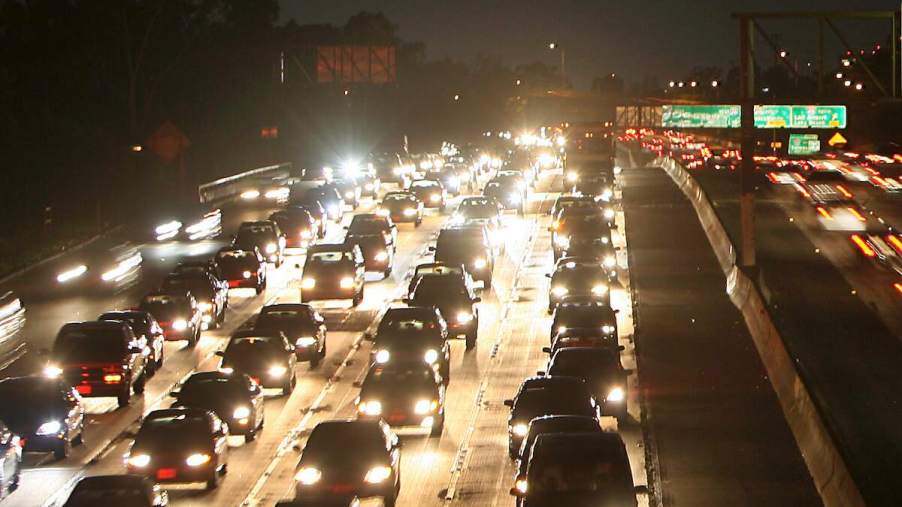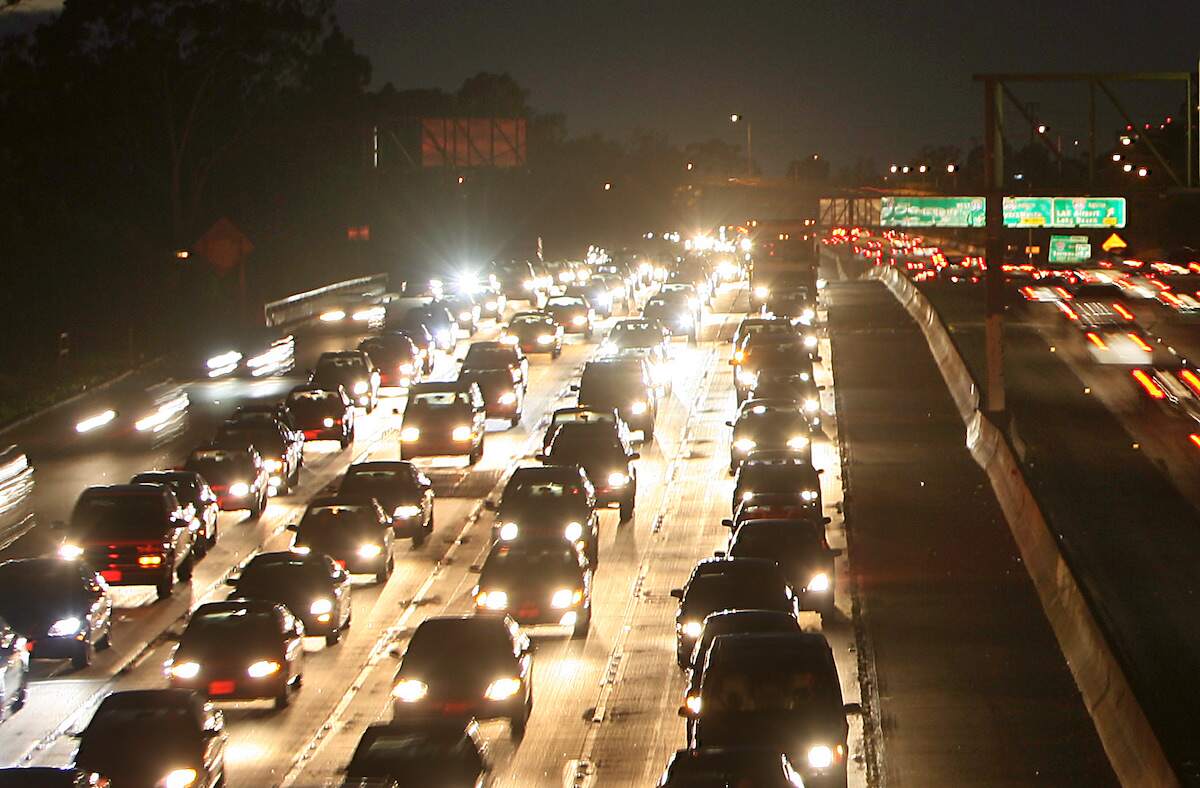
7 Daylight Saving Time Driving Tips to Avoid Tragedy on the Road
This Sunday, March 12, 2023, marks the start of daylight saving time. It means an extra hour of sunshine in the evening, but it can also increase car accidents. So follow the daylight saving time driving tips below to avoid tragedy on the road.
When does the time change during daylight saving time?
Daylight saving time (DST) is the period of the year when clocks are set forward one hour at 2 a.m. Sunday to make better use of natural daylight and conserve energy. So, on March 12, we will “spring forward” and lose an hour of sleep.
Unfortunately, DST has been linked to a spike in car accidents because motorists drive drowsy from less sleep and have difficulty adjusting to the time change.
Safety tips for driving during daylight saving time

Here are seven daylight saving time driving tips that will help keep you and others safe:
1. Adjust the timing of your daily routines
According to On the Move, “The American Academy of Sleep Medicine suggests that in addition to going to bed early, you should also adjust daily routines that are ‘time cues’ for your body.” With that in mind, you might want to eat dinner earlier during DST.
2. Spring forward on Saturday instead of Sunday
Try setting your clocks forward Saturday evening and then sleep at your “normal” bedtime. That way, you can spring forward the night before. Most smart devices automatically adjust to the time change, but you might have to manually reset the time on appliances, traditional clocks, and even your car.
3. Try to work from home
On the Move recommends working from home the week after the switch. Why? You can avoid other drivers on the road who might be drowsy.
4. Ensure others can see you
During DST, you might be heading to school or work in the morning when the sky is dark. Ensure your car’s headlights are on, use turn signals, and approach intersections cautiously. Look for animals, objects, and pedestrians, especially schoolchildren.
5. Keep a safe distance from other vehicles
Never tailgate other cars. You’ll need plenty of room to slow down when the vehicle in front of you stops.
6. Don’t drive distracted
One of the most crucial car safety tips is not driving distracted. When you’re behind the wheel, turn down the radio, avoid eating, and hold all phone calls and texts.
7. Allow more time to reach your destination
The first week after DST begins, expect slower traffic as drivers adapt to darker morning commutes. In addition, the sun in the early evening can be blinding, causing traffic to slow. So allow more time to reach your destination, and be patient because speed kills.
Are you ready to spring forward?
As daylight saving time begins Sunday morning, consider how your body adjusts to this change. You’ll want to get plenty of rest and work from home if possible. Also, ensure your vehicle is in good working condition. For example, check your headlights before heading out in the morning.
Taking these precautions when driving will keep you focused on what’s most important: getting from point A to point B safely.



